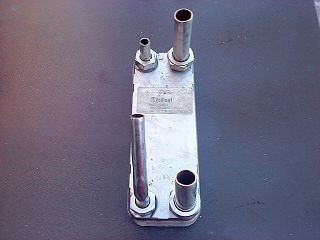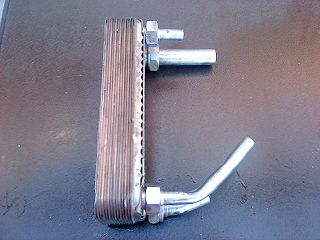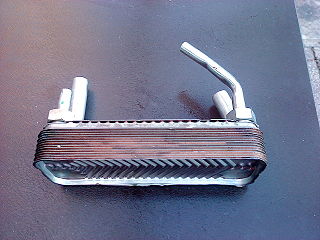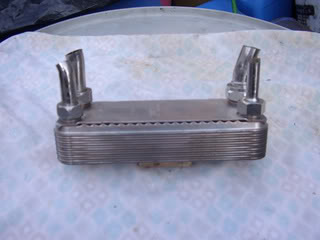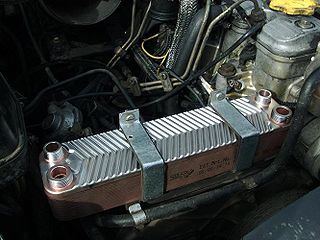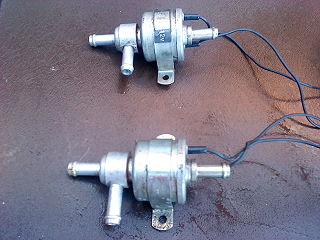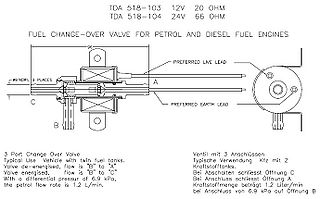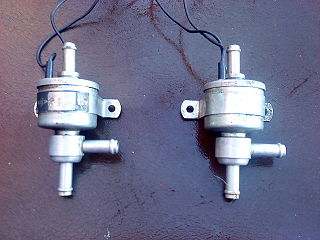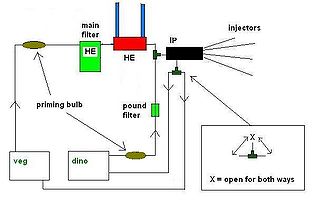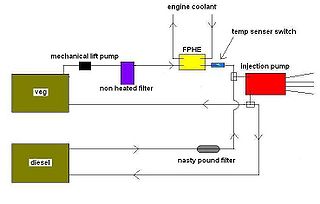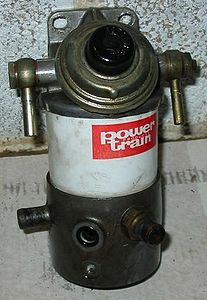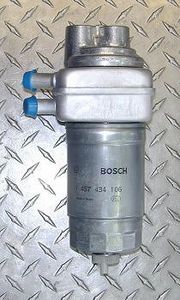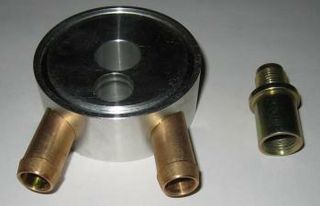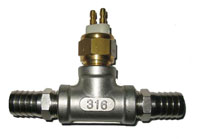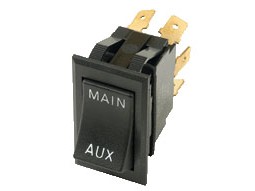Difference between revisions of "Heat exchangers and solenoid valves"
| Line 27: | Line 27: | ||
File:bgxcad4.jpg|One of a number of ways for plumbing in a twin tank system. | File:bgxcad4.jpg|One of a number of ways for plumbing in a twin tank system. | ||
| − | File:Temp-sender- | + | File:Temp-sender-twin2.JPG|Twin tank system with heated filter and exchanger, plus a looped return to injection pump through heat exchanger. |
File:Temp-sender-twin-looped.jpg|Twin tank system returning both fuels to there individual fuel tanks. | File:Temp-sender-twin-looped.jpg|Twin tank system returning both fuels to there individual fuel tanks. | ||
Revision as of 23:59, 11 December 2010
These are the essential parts required when building a twin-tank system.
The vehicle is started on mineral Diesel, and then the valves switch over to an auxiliary veg tank when the engine reaches full temperature - the heat exchanger is used to raise the temperature of vegetable oil before it reaches the injection pump, using engine coolant to transfer heat across the plates of the heat exchanger.
Before stopping the engine at the end of a journey, the system must be "Flushed or Purged" with mineral Diesel, making it safe to re-start ie: in the morning from a cold start few hours later. Short stops eg: 30 mins etc 99% of the time shouldnt need to purge/flush down, as the engine will still be upto optimum temperature.
- Click pictures to enlarge
Rotary-Motion 21:50, 5 December 2010 (UTC)
